Wednesday 27th March 2024
What is an HMO?
HMOs are typically large houses that have been converted into flats or bedsits, such as student housing. ‘Houses in multiple occupation’ are defined by gov.uk as follows:
Your home is a house in multiple occupation (HMO) if both of the following apply:
- at least 3 tenants live there, forming more than 1 household
- you share toilet, bathroom or kitchen facilities with other tenants
It is important to note that the requirements for sheltered housing, such as supported living facilities, and self-catered rentals, such as holiday cottages are different, and not covered in this blog.

What grade of smoke alarm system is required for HMOs?
Within most HMOs, there are several acceptable options available for compliance with the Standard, depending on its size and configuration.
The first option is to have Grade A fire alarm system installed throughout the building. This type of system consists of a conventional or addressable fire alarm panel, and then fire alarm detectors, call points, sounders and beacons are specified according to the layout and requirements of the property and manufactured to BS EN 54. It also requires a power supply to BS EN 54-4, and installation to BS 5839 Part 1.
However, in most cases, this level of coverage is not a requirement. In some small HMOs, for example, it may be acceptable to install a Grade D1 system. This is defined as a system incorporating one or more interlinked mains-powered smoke alarms (and heat alarms if required), each with an integral stand-by supply. They can be hardwire-interlinked or radio-interlinked, meaning that fire alarm panels are not required. The stand-by supply must be tamper-proof and last the full life of the alarm.
The final option, suitable for many medium and even large HMOs, is a mixed system. This involves the installation of Grade A components in communal areas, and any other high-risk areas identified by the risk assessment. Elsewhere in the premises, a separate Grade D1 system can be installed. This has become the preference, as it is likely to reduce the impact of nuisance alarms from individual flats on other occupants.
Ei Electronics and Kidde offer both RF and wired mains powered alarm systems as well as a range of accessories that can help you to test, locate and hush alarms easily. For more guidance about the alarm grade system, visit our help guide.
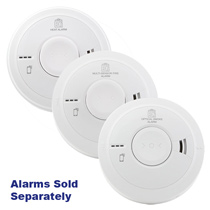
- Available in Optical, Heat, Combined Optical & Heat, and Combined Heat & CO
- Mains powered alarms with sealed lithium back-up battery
- AudioLINK technology fitted as standard
- Interlinks with up to 12 compatible devices
- Compatible with Ei3000MRF SmartLINK Module for radio-interlinking
- Suitable for BS 5839-6: 2019 Grade D1 installations
- Also suitable for both the Welsh and Scottish 2022 legislation
Fire detection categories
The coverage within the building by the detection system is divided into three distinct categories. These are described with the following codes:
LD1 (highest level of coverage): Covers all circulation spaces that form part of escape routes plus all rooms in which a fire could start
LD2 (middle level of coverage): Covers all circulation spaces that form part of escape routes plus all rooms and areas that present a high fire risk to occupants
LD3 (lowest level of coverage): Covers circulation spaces that form part of the escape routes

Any room which a building user must pass through, from another, in order to exit the premises would need detectors installed to satisfy these Categories. For example, if all rooms in a bungalow open onto a hallway which leads outside, only the hallway is considered a circulation space forming part of the escape route; if the only exit from the kitchen is into the dining room which then opens onto a hallway, the dining room would also need a detector under LD3 minimum protection as it is part of the escape route.
What category of fire detection is required within my HMO?
Different levels of coverage are needed in different areas of the building due to the risk of fire. This includes different Grades of fire detection system, as well as different configurations of components. For example, communal areas in HMOs are required to have Grade A systems, as they have particularly high levels of risk. This is due to the shared, and therefore often neglected responsibility for safety and housekeeping in HMOs. Moreover, the exact installation requirements within your HMO will depend upon the configuration and size of the premises. For more advice for landlords about fire safety in HMO’s, visit our help guide.

Minimum levels of requirements for fire detection systems in HMOs:
The following is general guidance on the minimum levels of installation required in different scenarios.
One or two storey HMOs, where the area of each floor is less than 200sqm:
A Grade D1, category LD1 configuration should be installed in a new, or materially altered HMO. In an existing premises of this size, category LD2 is acceptable if it is already installed, but an LD3 system must be upgraded to comply with the Standard.
Areas within HMOs with more than 3 floors, or where the area of at least one floor is greater than 200sqm
Individual, one-room dwellings, with or without cooking facilities:
A Grade D1, category LD1 configuration should be installed. This is required in a new and existing HMO premises.
Individual dwellings comprising two or more rooms:
A Grade D1, category LD2 configuration should be installed. This is required in a new and existing HMO premises.
Communal areas
A Grade A, category LD2 configuration should be installed. This is required in a new and existing HMO premises.
Suitable Fire Detection Systems in HMOs
Always ensure that a comprehensive fire risk assessment has been carried out in your property by a competent person, to determine the risks specific to your premises. This is essential to protect the occupants, particularly as many tenants of HMOs are young and / or vulnerable renters. The Responsible Person for the building may be prosecuted if they cannot demonstrate that they have made every reasonable effort to comply with fire safety requirements enforced by their local council, particularly if a fire breaks out. Compliance with the Standards is the best way to ensure that this compliance can be achieved and evidenced.
For additional guidance, please visit our Smoke Alarm Help and Information and BS 5839 summary page.

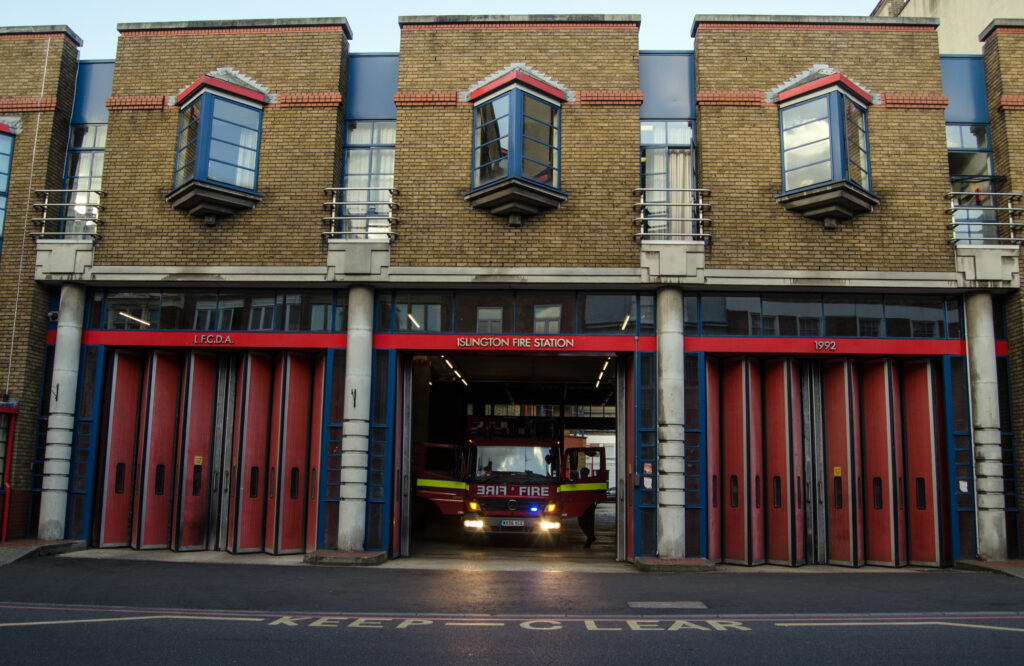
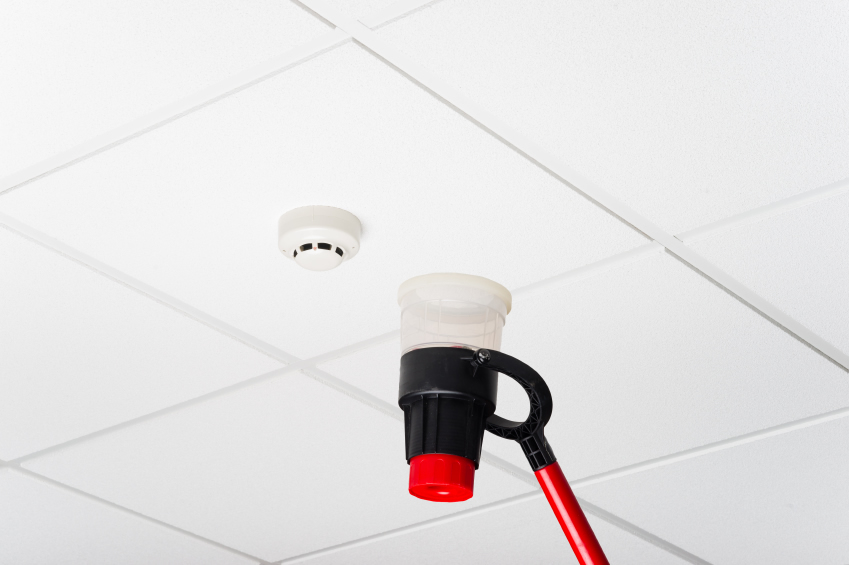
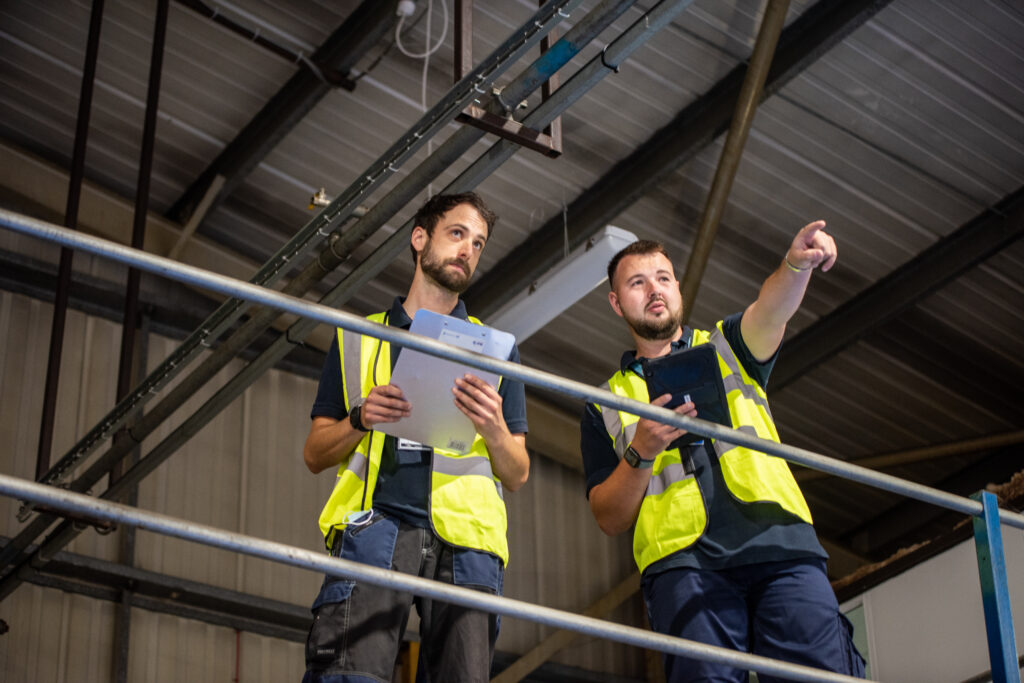
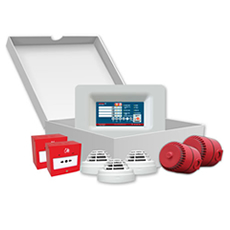 BS 5839 Part 1 ‘Fire detection and fire alarm systems for buildings. Code of practice for design, installation, commissioning and maintenance of systems in non-domestic premises‘ is the key Standard for commercial fire alarm systems with central control panels. It helps customers and installers to specify, design, install and maintain fire alarm systems.
BS 5839 Part 1 ‘Fire detection and fire alarm systems for buildings. Code of practice for design, installation, commissioning and maintenance of systems in non-domestic premises‘ is the key Standard for commercial fire alarm systems with central control panels. It helps customers and installers to specify, design, install and maintain fire alarm systems.